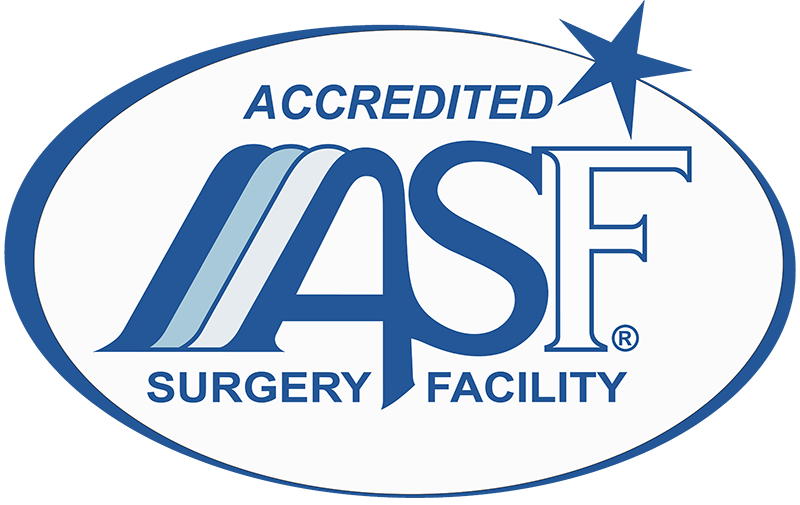Carotid Angioplasty & Stenting
The carotid arteries are blood vessels which are major source of blood supply to brain. Like other blood vessels these arteries can be affected by atherosclerosis — a condition known as carotid artery disease — which can then lead to stroke.
Why It’s Done
Carotid angioplasty and stenting may be appropriate stroke treatments or stroke-prevention options if:
- You have a carotid artery with a blockage of 70 percent or more, especially if you’ve had a stroke or stroke symptoms, and you aren’t in good enough health to undergo surgery — for example, if you have severe heart or lung disease or had radiation for neck tumors
- You have already had a carotid endarterectomy and are experiencing new narrowing after surgery (restenosis)
- The location of the narrowing (stenosis) is difficult to access with endarterectomy
Risks
Stroke occurs in 1–3% of patients with no pre-procedure symptoms; in 5–7% of patients with pre-procedure symptoms such as stroke, mini-stroke or TIA (transient ischemic attack). After the operation you will be asked to move your arms and legs and be examined by nurses and doctors to make sure that you have not had any new stroke symptoms.
Please discuss with your Physician which test is right for you!
How to Prepare
Discuss your condition with family members or other individuals you have designated to participate in medical decisions.
Ask your vascular surgeon whether to continue or modify scheduled medications.
Description
A carotid angioplasty and stenting is performed in a sterile surgical suite or standard operating room. You may go home 1–2 nights after the procedure depending on your medical condition.
The procedure is done under local anesthetic. The procedure involves needle access through groin blood vessel and then obtain access into the carotid artery using special wires and catheters. Next step is temporarily inserting and inflating a tiny balloon into the clogged artery to widen the area so that blood can flow freely to your brain. Carotid angioplasty is often combined with another procedure called stenting. Stenting involves placing a small metal coil (stent) in the clogged artery. The purpose of placing a stent to prop the artery open and decreases the chance of it narrowing again. Carotid angioplasty and stenting is recommended in select patients when traditional carotid surgery (carotid endarterectomy) isn’t possible, or it’s too risky.
What Can I Expect After Treatment?
Expect to be in the hospital 1–2 days, longer if complications develop, in which case a stay at a rehabilitation facility may be needed.
You may notice soreness in the groin at the site of access and possibly a very small lump. This improves over time.
You will see your vascular surgeon and have a carotid ultrasound to look at the artery. This will be done once or twice a year to make sure the plaque has not accumulated again.


